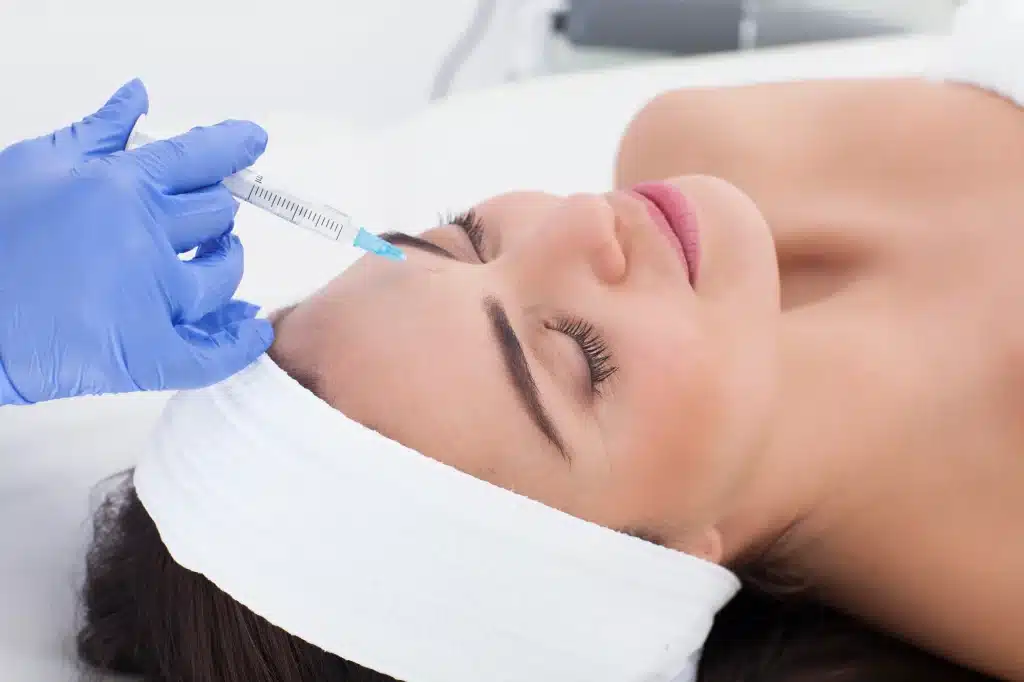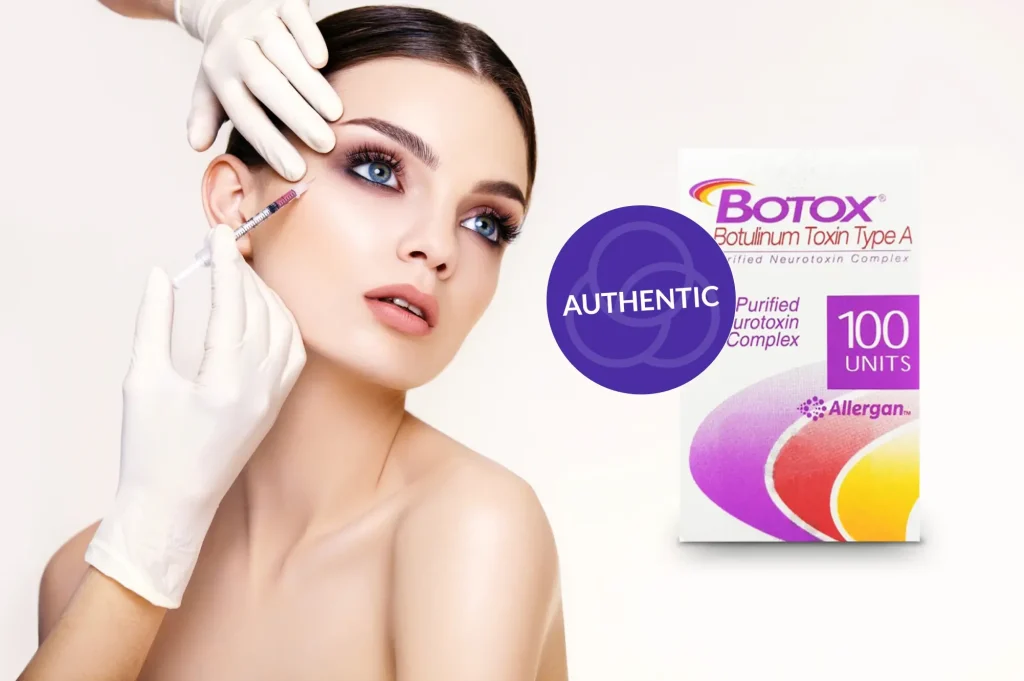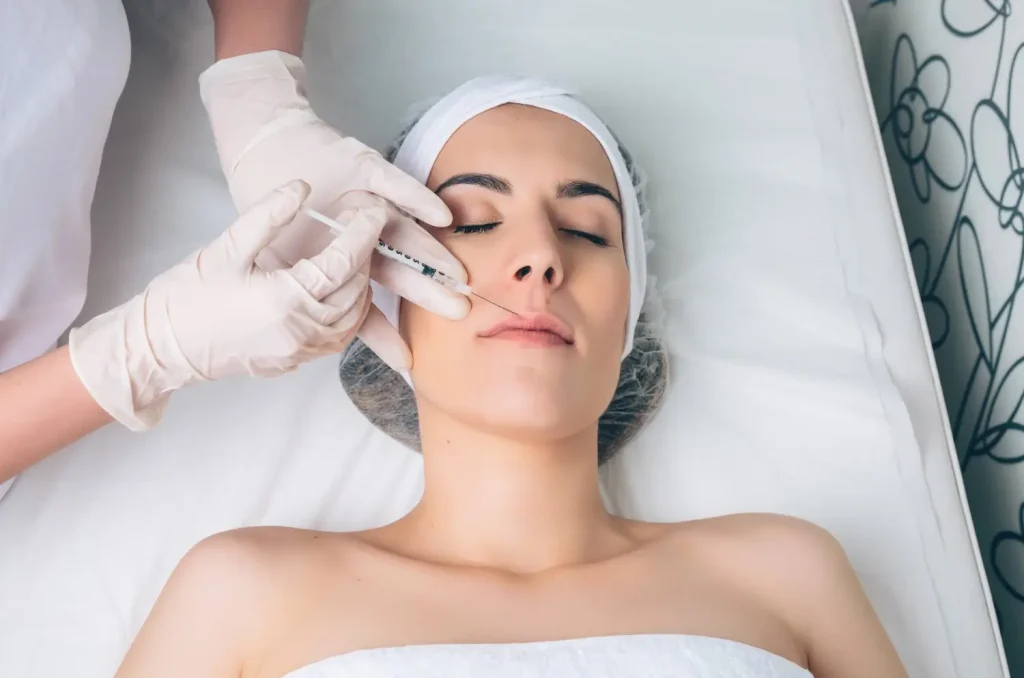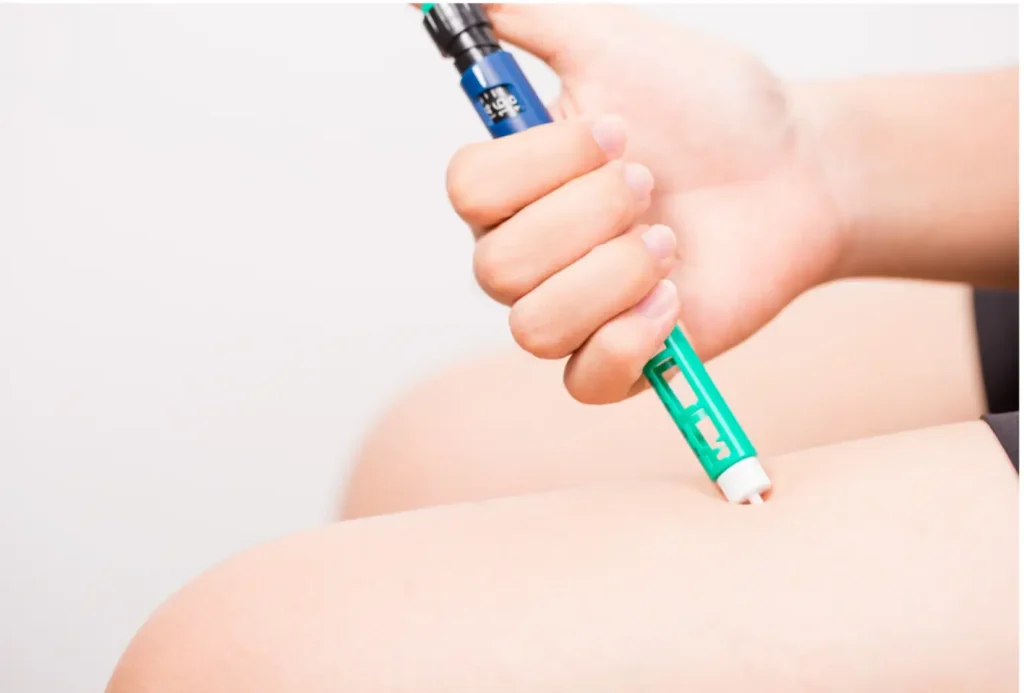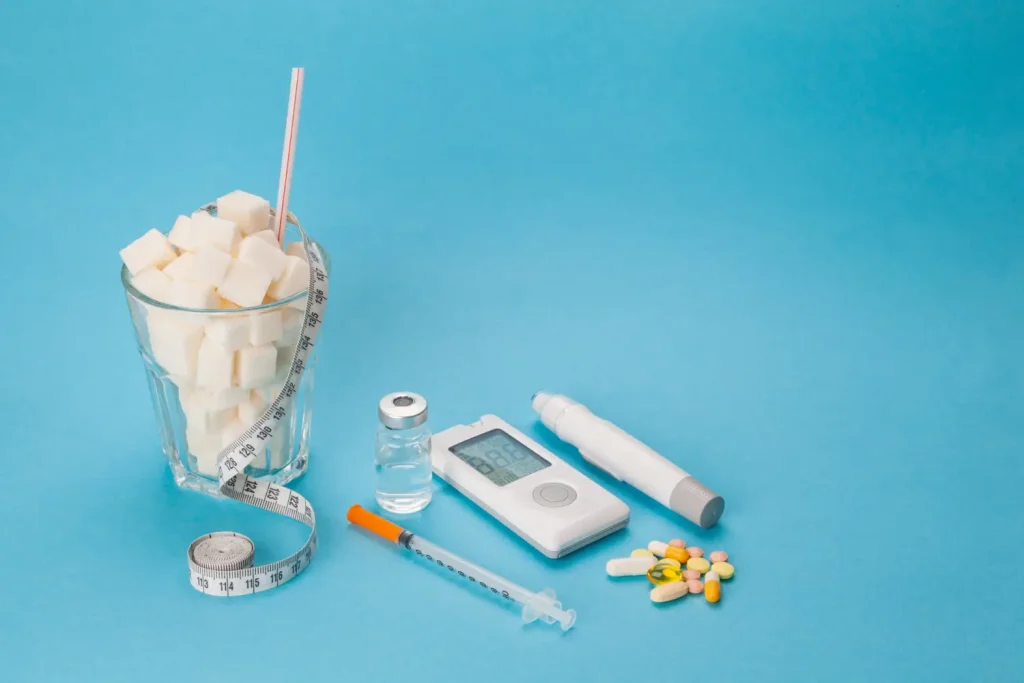In 2025, a landmark study revealed that patients with severe obesity lost an average of 11.9% of their body weight after a year of consistent injectable therapies like semaglutide. While these medical treatments aim for full-body weight management, they underscore a broader trend: injectables are reshaping how we tackle stubborn fat, especially in areas that resist diet and exercise.
Among the most talked-about options in aesthetic medicine are Aqualyx and Lemon Bottle. Both promise to target localized fat deposits, offering non-surgical alternatives to liposuction. Yet, they differ significantly in formulation, speed of results, clinical backing, and safety regulation.
This article explores the key differences between Aqualyx and Lemon Bottle, from efficacy and tolerability to real-world use and oversight, so patients and providers can confidently choose the approach that fits their goals and comfort level.
Key Takeaways
- Aqualyx uses deoxycholic acid, a well-studied compound that breaks down fat cells.
- Lemon Bottle combines lecithin, bromelain, and riboflavin for a gentler but less scientifically established approach.
- Aqualyx has a slower onset with peak results in 6–8 weeks after multiple sessions. On the other hand, Lemon Bottle shows faster, visible results (sometimes after just 1–2 sessions). The downside to Lemon Bottle is that there isn’t much long-term data on the treatment.
- Aqualyx side effects typically include moderate swelling, bruising, and discomfort, while Lemon Bottle has milder, shorter-lived reactions.
- Aqualyx is CE-marked and supported by peer-reviewed studies. In contrast, Lemon Bottle lacks extensive clinical validation and has variable regulatory status, requiring cautious use by trained professionals.
- Lemon Bottle offers a cost-effective solution in larger vials, appealing to price-sensitive patients. On the other hand, Aqualyx provides predictability and clinical confidence that most clinicians and patients often prefer.
- The choice between Aqualyx and Lemon Bottle should be based on treatment goals, risk tolerance, and provider expertise. Clinicians should guide their patients through the benefits and limitations of each to ensure safe and informed decisions.
About: Medical Spa RX provides medical practices with premium products at the best prices. If you’re looking to buy Aqualyx for your practice, the sales representatives at Medical Spa RX can give you guidance.
Active Compound and Mechanism
Aqualyx and Lemon Bottle approach fat reduction using distinct active ingredients, each with its own method of disrupting adipose tissue.
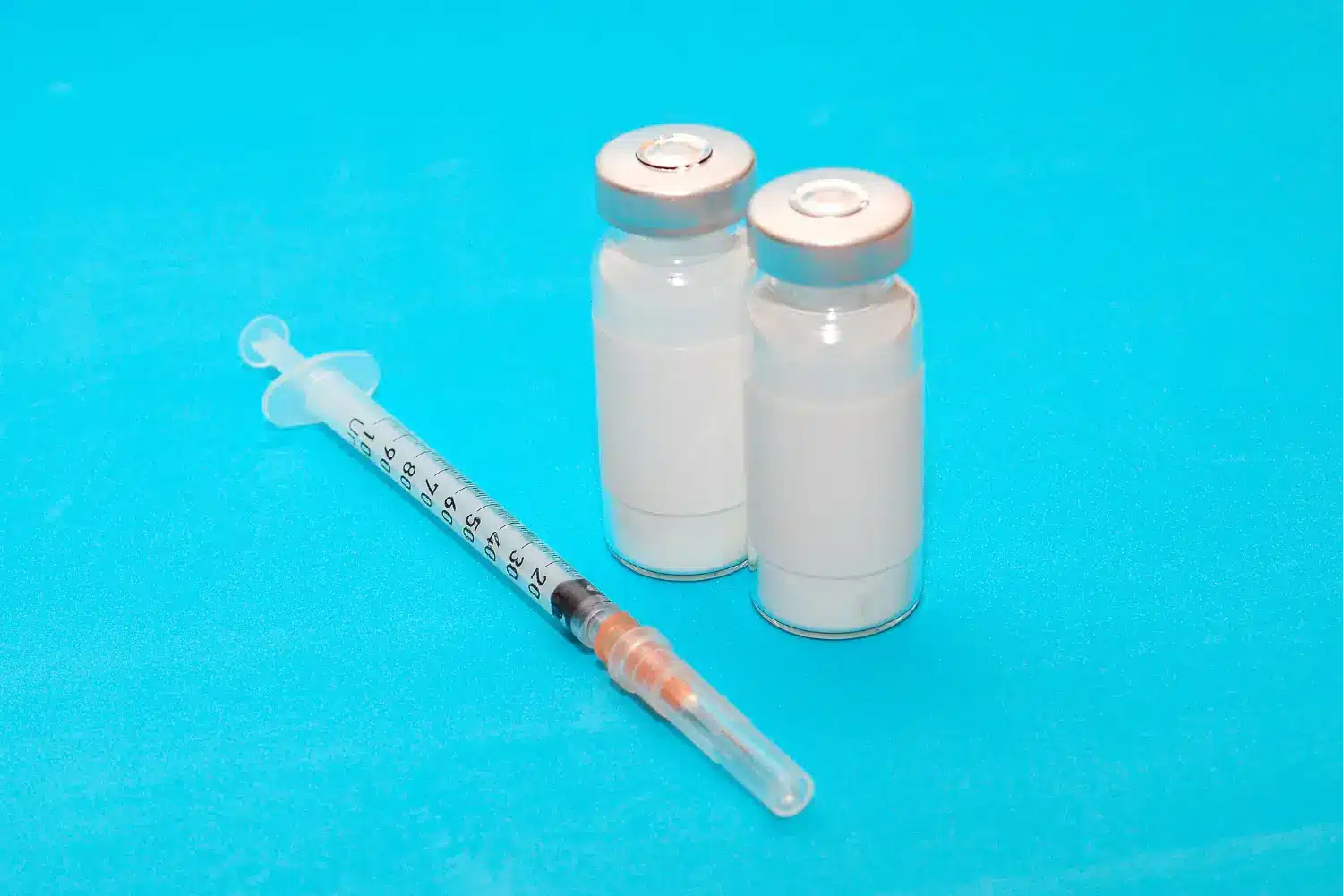
Aqualyx relies on deoxycholic acid, a bile acid with a well-documented ability to break down fat. When injected into the subcutaneous fat layer, it disrupts the membranes of fat cells, allowing the lymphatic system to gradually remove their contents. This mechanism mirrors that of Kybella, which uses the same active compound and the FDA has approved it for use in the U.S.
In contrast, Lemon Bottle contains a blend of lecithin, bromelain, and riboflavin. Lecithin acts as a natural lipotropic agent, encouraging the breakdown of fat; bromelain, derived from pineapple, helps reduce inflammation and swelling; while riboflavin (vitamin B2) supports cellular metabolism. This combination works synergistically but more gently compared to deoxycholic acid, making Lemon Bottle a potentially softer option for patients with low pain tolerance or first-time injectable users.
Efficacy and Onset
Clinically, Aqualyx has an established record of success. Multiple peer-reviewed studies support its use for reducing localized fat in areas like the chin, abdomen, flanks, and thighs. Patients typically undergo 2 to 4 sessions, spaced several weeks apart, and begin seeing noticeable results within 6 to 8 weeks after treatment. Its slower onset balances with predictable outcomes and standardized dosing protocols.
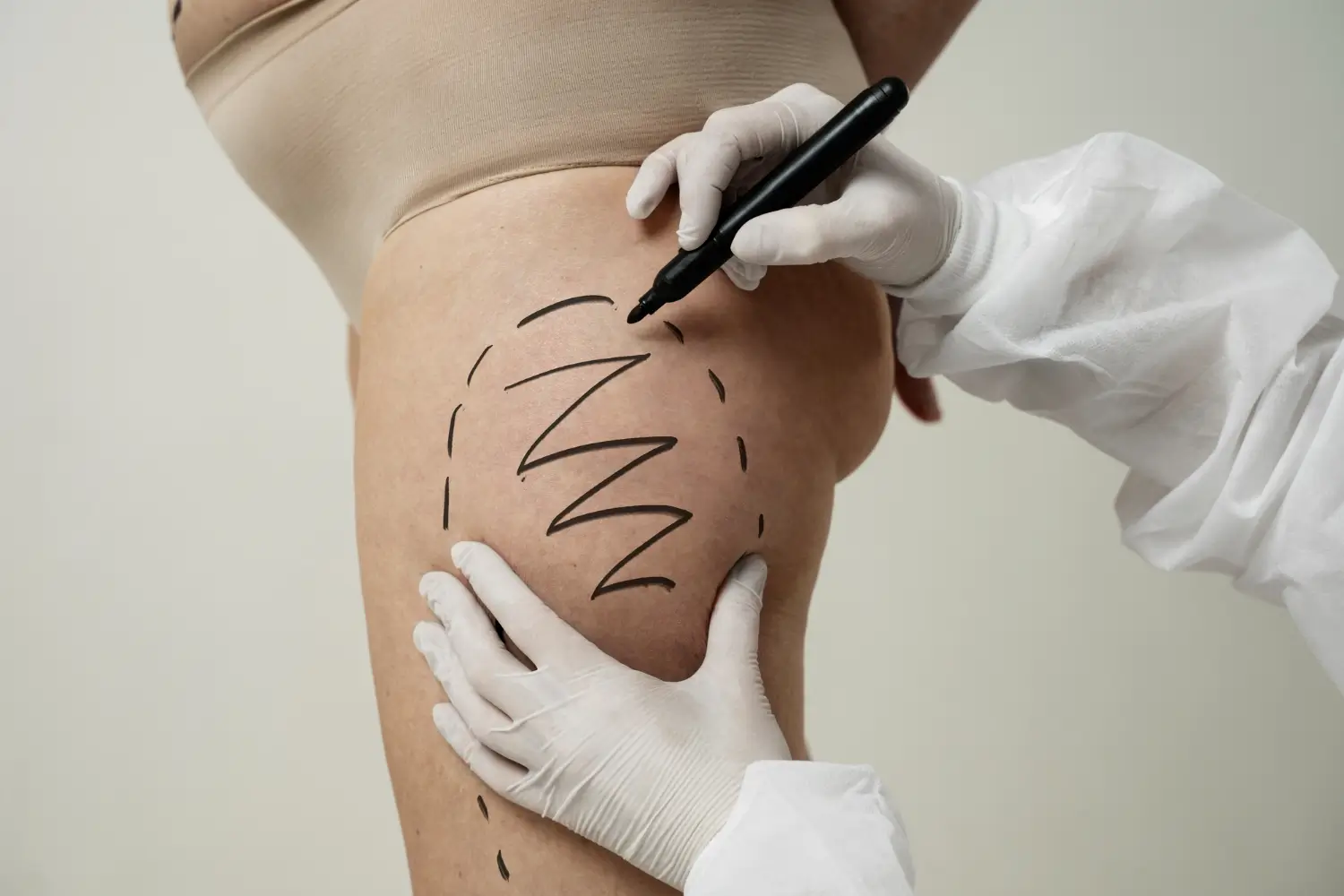
By contrast, Lemon Bottle is a newer fat-dissolving injectable gaining traction for its claim of fast-acting results. Many practitioners report visible improvement within just 1–2 sessions, sometimes in under a week. However, limited long-term efficacy data exist, and providers may see different outcomes depending on body type, fat composition, and technique. Although the rapid onset seems appealing, clinical consistency across broader populations has yet to show full validation.
Side‑Effect Profiles and Tolerability
When comparing Aqualyx side effects to those of Lemon Bottle, tolerability plays a key role in treatment planning. Understanding how each treatment affects the body helps providers tailor patient care and improve satisfaction.
- Aqualyx: Associated with mild to moderate swelling, bruising, localized soreness, and occasional nodule formation at the injection site. Providers expect these reactions to happen, but they typically resolve within a few days, especially with proper aftercare. The product’s clinical safety record makes it a reliable option when patient reassurance is a priority.
- Lemon Bottle: Reported to cause transient redness, swelling, and mild discomfort, which usually subside within 24 to 48 hours. Its formulation, free from deoxycholic acid, may make it more comfortable for some users, but long-term safety remains under investigation.
In both cases, professional training, sterile technique, and patient education are vital to minimizing complications and enhancing treatment outcomes.
Regulatory and Safety Oversight
Regulatory clarity plays a major role in evaluating any aesthetic injectable. Aqualyx carries a CE mark, meaning it has passed rigorous health and safety evaluations in the European Union. It also benefits from clinical research and standardized treatment protocols, which make it a preferred option in regulated clinical environments.
Lemon Bottle markets itself as a cosmetic injectable, but neither CE-marking nor FDA-approval applies. Its regulatory status varies by region, and limited clinical studies support it. Providers must exercise caution, ensuring treatments are performed by qualified practitioners who monitor for adverse reactions and follow evidence-based protocols.
The lack of formal oversight does not necessarily mean Lemon Bottle is unsafe, but it does mean more responsibility lies with the provider to ensure its proper use.
Cost, Volume, and Treatment Logistics
One area where Lemon Bottle stands out is cost-efficiency. Typically sold in 10mL vials, it provides greater volume per treatment and is often more affordable, making it attractive for patients treating multiple areas or undergoing frequent sessions. Its lower price point also appeals to budget-conscious clients seeking a non-surgical fat-reduction solution.
In contrast, Aqualyx has a higher price, usually sold in 8mL vials, with each session requiring a new unit. Its cost reflects its regulatory approval, clinical backing, and consistent efficacy, which can justify the investment for patients seeking medical-grade assurance. However, the logistical burden of repeat visits and unit purchases can deter some.
Both options require multiple sessions depending on treatment goals, but providers should consider cost transparency, session planning, and patient expectations when recommending one over the other.
Conclusion
Aqualyx and Lemon Bottle each bring something unique to the table. Aqualyx stands out as the more clinically validated, widely studied, and regulated option, providing consistent outcomes across different treatment areas. Lemon Bottle, while newer and less studied, delivers rapid aesthetic results at a lower cost, appealing to those seeking a gentler, more accessible alternative.
Ultimately, the decision comes down to patient goals, comfort with risk, and provider experience. Clear communication, realistic expectations, and personalized treatment plans are essential in ensuring the safest and most satisfying results with either product.
FAQs
1. How many sessions are in a standard Aqualyx treatment plan?
Most patients require 2 to 4 sessions spaced 3–4 weeks apart, depending on the area and desired results.
2. Is Aqualyx painful?
Discomfort is common during injection. Most providers mix lidocaine with Aqualyx to reduce pain during and after treatment.
3. How long does it take to see results with Aqualyx?
Initial results may appear after 3–4 weeks, with full effects visible 6–8 weeks after the final session.
4. What areas can Aqualyx target?
It’s most effective on small to medium fat pockets, including the chin, flanks, thighs, and abdomen. Not ideal for large-volume fat.
5. Are Aqualyx results permanent?
Yes, destroyed fat cells are removed permanently, but future weight gain can cause remaining fat cells to expand.
6. What are the common side effects of Aqualyx?
Swelling, bruising, tenderness, and redness are common. These symptoms usually resolve within a week.
7. Is Aqualyx safe for everyone?
Providers do not recommend Aqualyx for pregnant women, individuals with liver disease, or those with allergies to deoxycholic acid.
References
Gasoyan H, Butsch WS, Schulte R, et al. Changes in weight and glycemic control following obesity treatment with semaglutide or tirzepatide by discontinuation status. Obesity. Published online June 10, 2025. doi:10.1002/oby.24331
Rauso R, Salti G. A CE-Marked drug used for localized adiposity reduction: A 4-Year experience. Aesthetic Surgery Journal. 2015;35(7):850-857. doi:10.1093/asj/sju082
The Hidden Perils of Slimming Shots: Unveiling adverse events of fat dissolving injections – A Systematic review. British Association of Aesthetic Plastic Surgeons. https://abstract.baaps.org.uk/read/html/194
Seery C. New study raises concerns over serious side effects of weight loss injections. Diabetes. Published January 20, 2025. https://www.diabetes.co.uk/news/2025/jan/new-study-raises-concerns-over-side-effects-of-weight-loss-injections.html






